Production Process: Wearable Prop (Elfs, Monsters, Figures etc.)
With the diversified development of the commercial performance market, more and more theaters (operators) need some specially made prop wearable costume / outfits to entertain the public, in order to enhance the entertainment performances attributes. These specially designed costumes include elfs and monsters (especially those from the mythical tales), mythological or historical figures, cartoon characters, etc. Once these specially made costumes / outfits appear on theaters or in commercial areas where crowds gather for performances, they will surely bring a stunning surprise to the audience.
As a prop wearable costume / outfits manufacturer (such as elfs, monsters, figures, or cartoon characters, etc.), today we will specifically demonstrate how we make monster / character outfits, that proves our exceptional customization capabilities.
QUICK FACTS:
#1. Design drawing
#2. Construct the internal framework (steel frame or mechanical structure)
#3. Wrap high-density sponge around the mechanical steel frame and carve out the shape outline
#4. Making textures patterns or attaching artificial fur
#5. Silicone skin grafts (excluding hair as the surface) and paint the skin color
#6. Paste artificial fur (excluding silicone skin-grafts) and paint the skin color
1. Design drawing
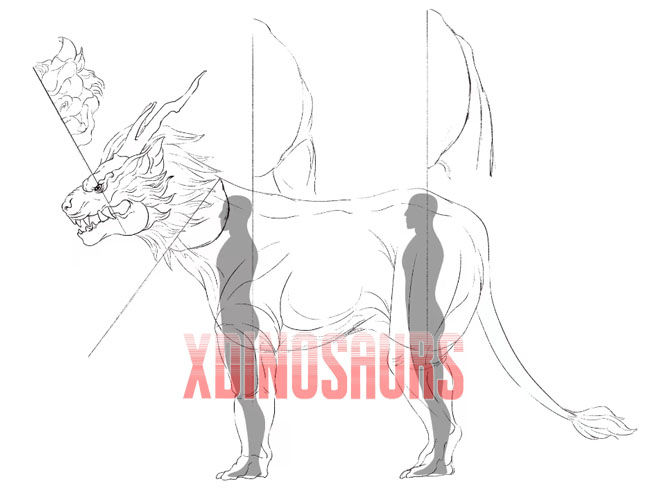
The design drawing is the first step in the production process. With the design drawings, our graphic designers can accurately mark the real dimensions and shapes (such as side views and cross-sections) based on the images. Usually, most of the design drawings are provided to us by the clients. However, if necessary, we can also draw the design drawings according to the clients’ requirements.
2. Construct the internal framework (steel frame or mechanical structure)
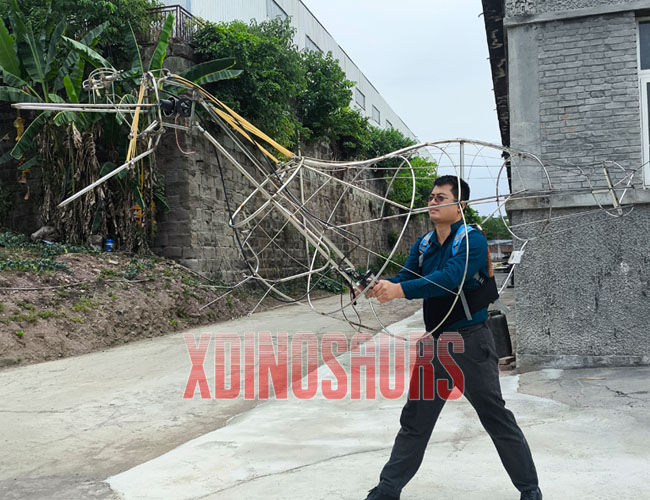
After confirming the design style, our mechanical workers will weld the entire internal framework (steel frame or mechanical structure) according to the prop shape, and install the motors at the mechanical transmission points. The entire process is very meticulous. After completing the internal structure, the mechanical dynamics will be tested to ensure they are smooth and there are no dynamic issues when moving on to the next production stage.
The dynamic movements of the prop and costume items usually include “eye blinking”, “mouth opening and closing”, “exhaling smoke”, “eye flashing red light”, etc. Most of the mechanical transmission structures are concentrated in the head. Although the dynamic range is not large, it is very precise. It requires professional skills and patience when being produced.
3. Wrap high-density sponge around the mechanical steel frame and carve out the shape outline
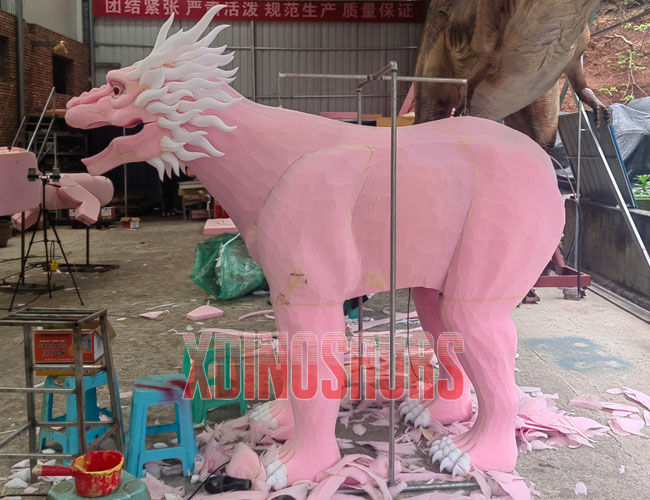
After the internal mechanical structure is completed, it needs to be wrapped with sponge according to its shape. We usually use sponge with a density of 40 to wrap around the outside and sponge with a density of 60 at the joints for movement, striving to ensure sufficient stretchability in the movements.
After the sponge was applied, our sculptors began to carve out the outlines of monsters, figures and cartoon characters…
4. Making textures patterns or attaching artificial fur
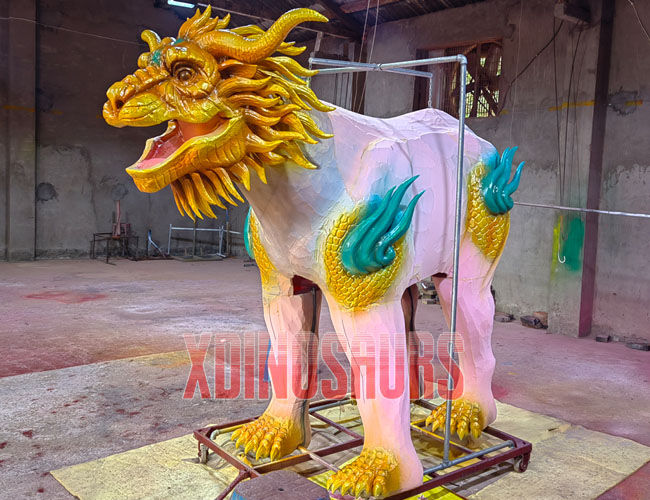
Once the shape outline has been carved out, we then need to start creating the textures patterns for the monsters / figures / cartoon characters, or attaching the fur to their bodies. After the entire process is completed, approximately the 80% work has been done.
- Use an electric soldering iron to carve the skin textures on the body
- Use artificial fur to attach it to the body by root implantation
5. Silicone skin grafts (excluding hair as the surface) and paint the skin color
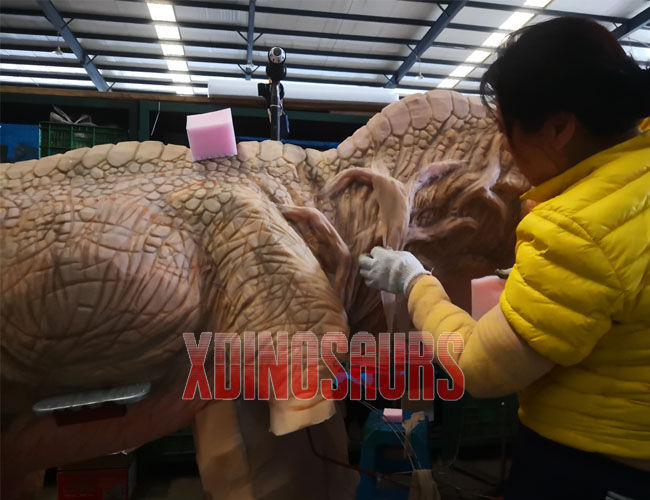
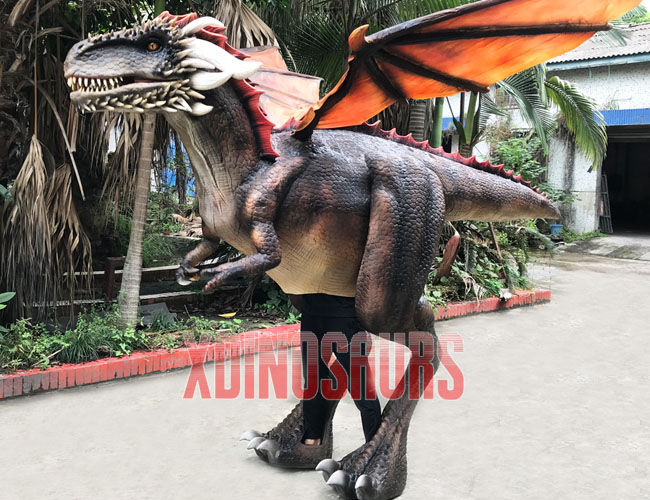
After the textures on the costume are completed, the final step is to apply high-elasticity silicone to the monster / character’s body (usually three layers are applied to enhance elasticity). And use a mixture of gasoline, silicone and oil paint to spray-paint the skin color of monster / character in a realistic or cartoon style.
6. Paste artificial fur (excluding silicone skin-grafts) and paint the skin color
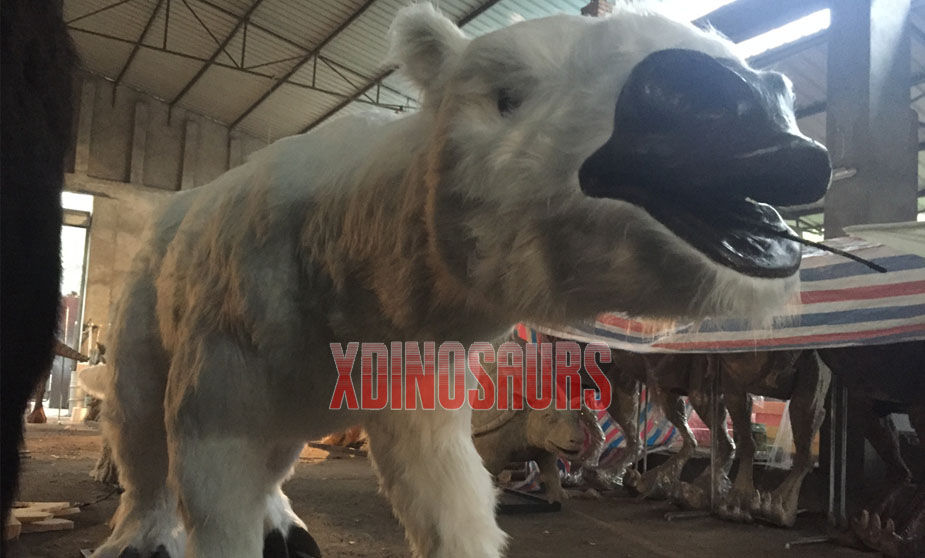
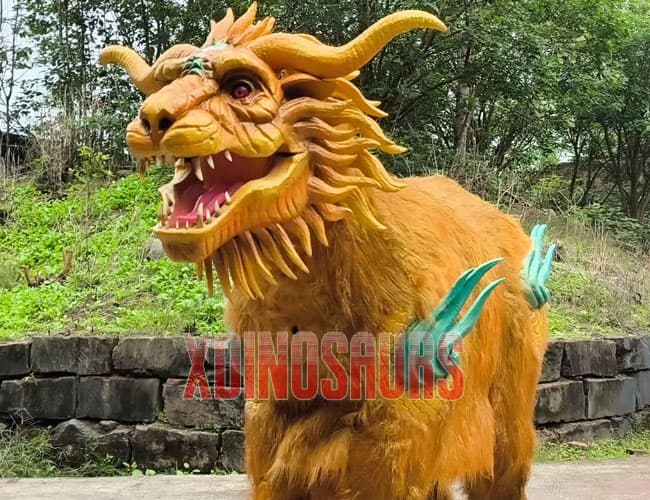
After the textures on the costume have been completed, this is the final step, which involves attaching artificial fur and hair to the bodies of monster / character (usually white fur). And use a mixture of gasoline, silica gel and oil paints to spray-paint the realistic or cartoonish skin of monster / character.
Realistic Pixiu (Chinese Saint Animal) Costume Video:
Conclusion
The above several points represent the production process of a high-end wearable prop (such as elfs, monsters, figures, or cartoon characters, etc.)! Basically, all of our realistic or cartoon outfits are made in this way, and they can incorporate dynamic features (through electronic mechanical performance), making their performance even more impressive.


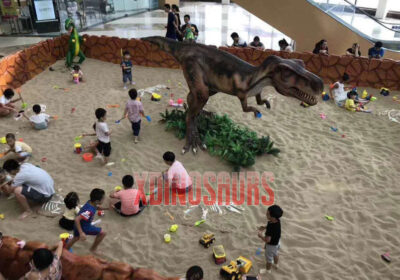
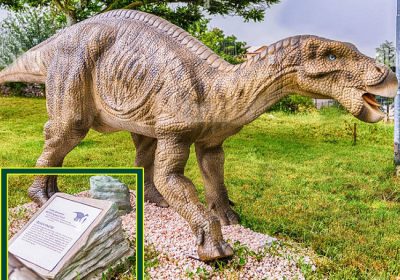
Leave a Reply